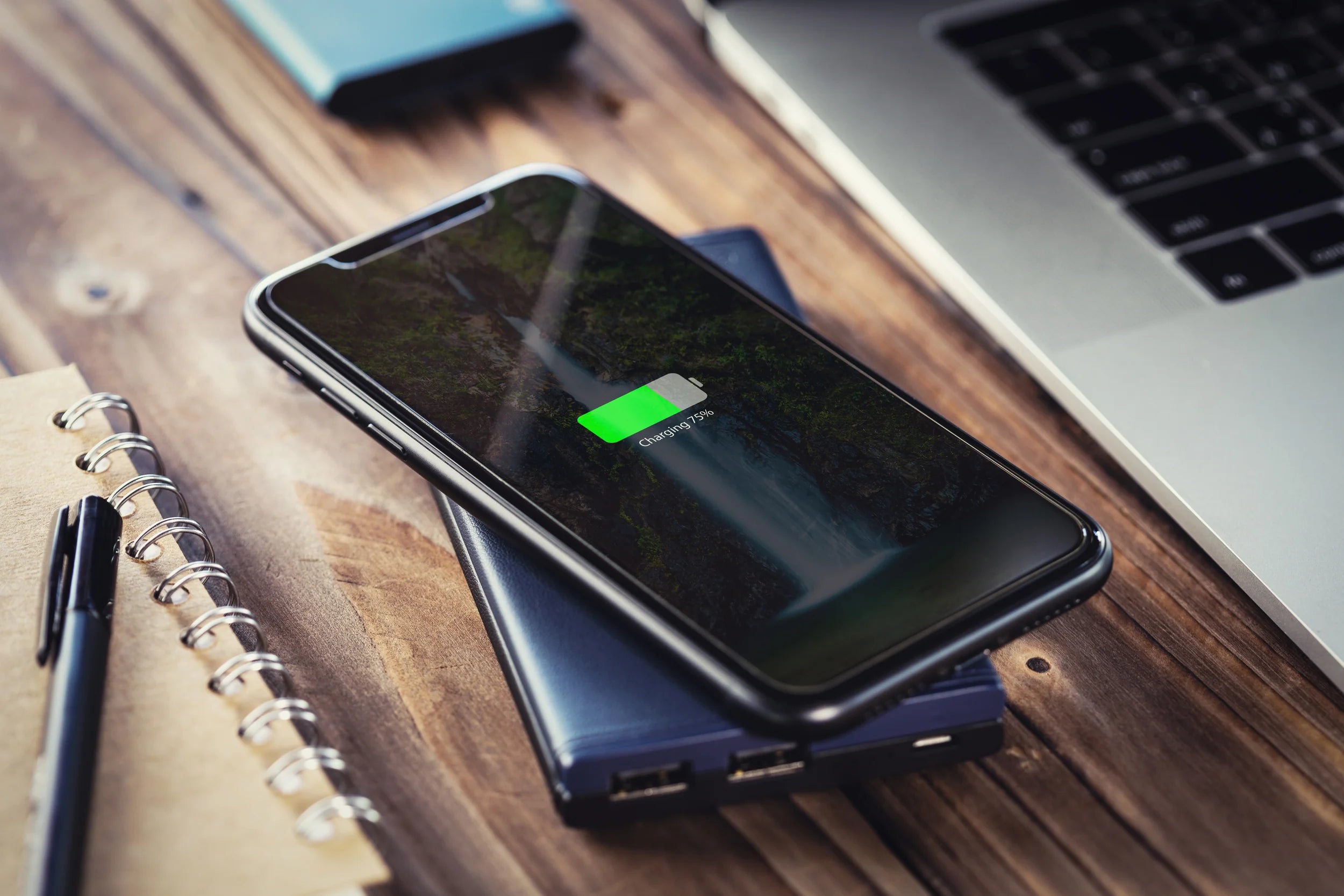Those among you who have had the pleasure of using a wireless charger at some point in recent years should know these chargers operate, the broad strokes at the very least. The gist of it is that it delivers an inductive charge wirelessly towards any Qi-capable battery that has the capacity to convert it into an active electric output.
Although the technology isn’t exactly new, many wonder about how exactly the technology works and whether it can actually penetrate certain objects. In other words, if you’re getting a through table wireless charger that promises to penetrate thick tabletops, can you expect it to actually deliver its penetrative charge on a consistent basis?
As we are about to find out, the major problem that first-generation wireless chargers had was that they weren’t exactly wireless in the true sense of the word. Meaning that they still required contact to be made between the phone and the charging pad. The only difference here was that unlike wired chargers, they didn’t require any plugs or ports.
Things have truly changed in this regard over these past few years, with newer models being capable of not only delivering their charge to distances of up to 20 cm but to also penetrate certain surfaces in the process.
This means that you can place a wireless charger underneath any piece of furniture of your choosing and still rely on the charger to be able to charge your phone in a reliable fashion. Ergo, the very definition of a through table wireless charger and all that the term implies.
A matter of physics
It has to be understood right from the get-go that electromagnetic induction operates in a similar fashion to standard radio waves. As such, whenever an electric current flows through a wire, a magnetic field appears around the wire, thus allowing the electric charge to be delivered.
What’s interesting is that the process also works in reverse and that if you create a magnetic field around a wire, you can expect an electric current to also flow inside that particular wire.
On a related note, this seems to be the idea behind Apple’s newly patented MacBook Pro that incorporates a reverse charging system to charge up any device you lay on the table in its proximity.
Although a long way to go until we have reliable wireless chargers that can recharge devices from across the room, the 20+ centimeters some of them are capable of can still be considered somewhat impressive. This is also the case with through table wireless chargers that can penetrate most tables as long as they’re not made of metal.
Were you to pay attention to newly released chargers, you would notice that some of the chargers that incorporate penetrative charging capabilities operate not just on the Qi standard, which is more widespread right now, but also on a PMA standard. This standard operates on the same principles as Qi, although on a different frequency inside the coil.
Also, fewer smartphones incorporate a PMA standard because of its reduced power and general inconsistency. This might change, off course, as newer technologies hit the market, but for the time being the Qi standard seems like the way to go.





Leave a comment
This site is protected by hCaptcha and the hCaptcha Privacy Policy and Terms of Service apply.